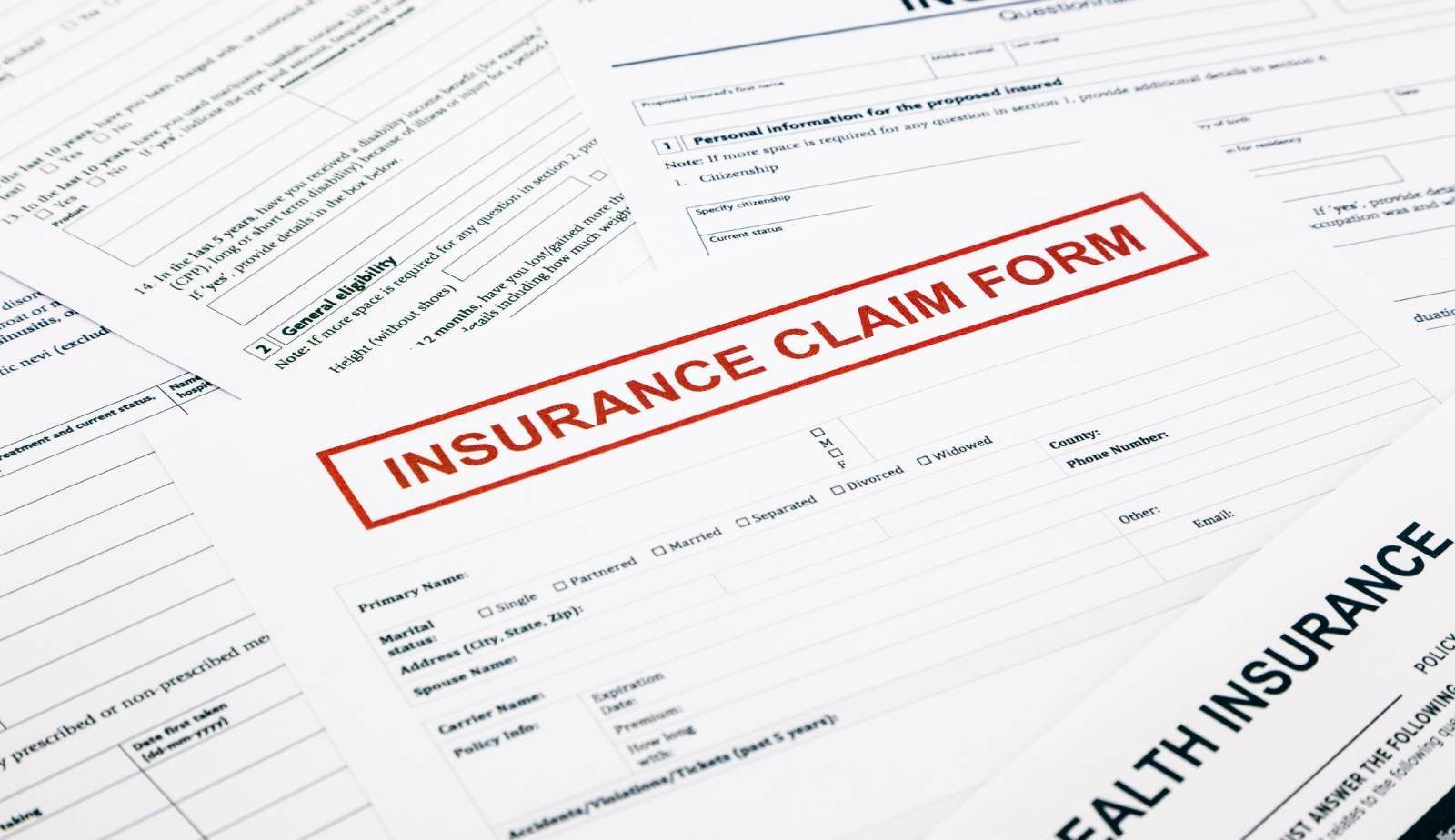Unveiling the Secrets: How Professional Water Damage Restoration Experts Revive Your Property
Demystify the water damage restoration process by detailing each step from assessment to completion, highlighting the importance of professional services.
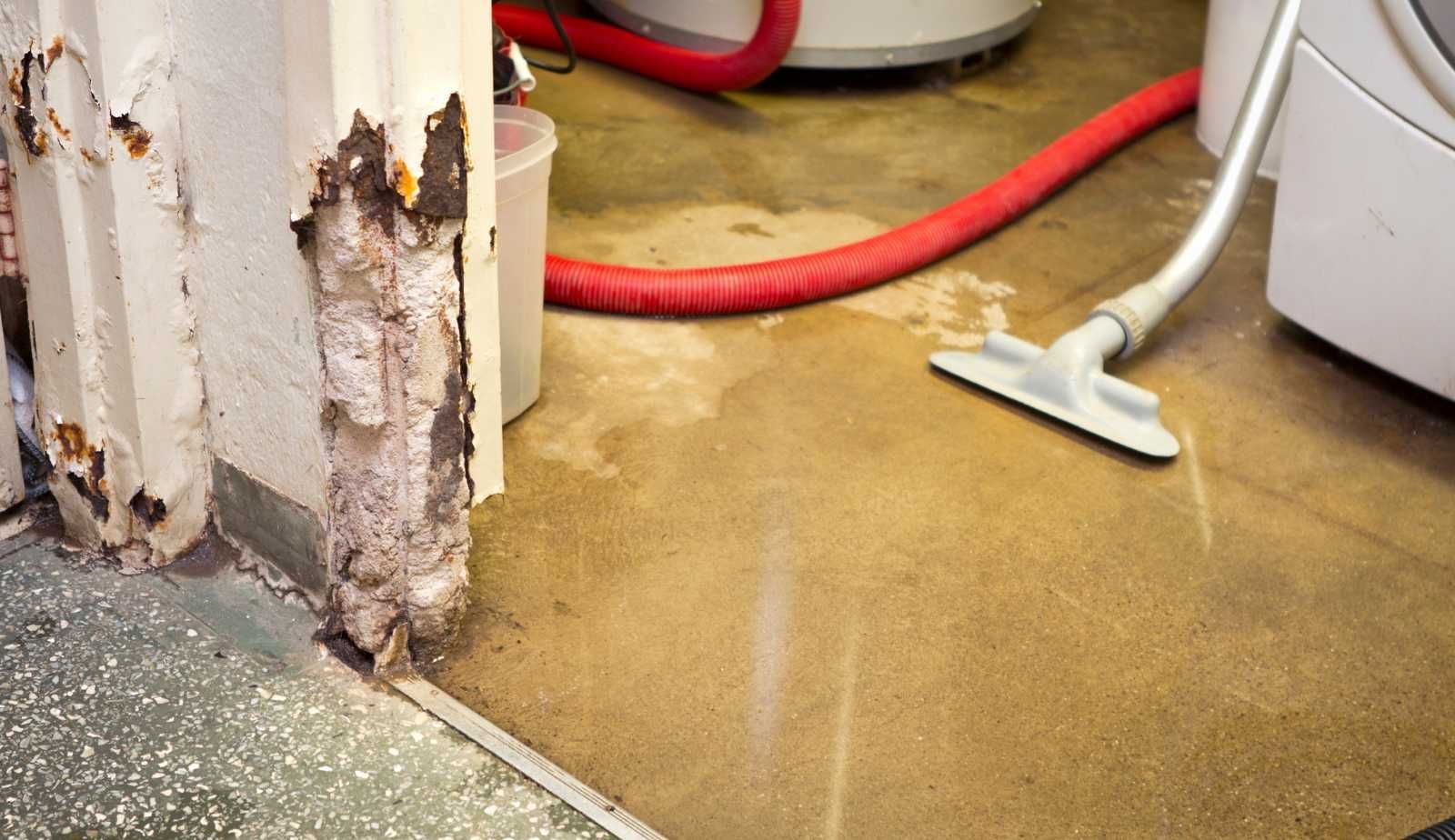
The Professional Water Damage Restoration Process
Water damage restoration is a specialized service that requires the expertise of professionals to effectively mitigate, clean up, and repair property damage resulting from water intrusion. It is crucial to engage professional restoration companies like Drymax, as they follow a systematic approach that emphasizes the urgency of immediate action to prevent further damage and minimize the overall impact on the property. By relying on professionals who are skilled in assessing, mitigating, and restoring water damage restoration, property owners can ensure a thorough restoration process that safeguards both the property and its occupants.
When a homeowner experiences water damage due to a burst pipe, professionals assess the situation promptly to identify the source of the water intrusion and evaluate the extent of the damage to structures and contents. This initial assessment is crucial in developing a tailored restoration plan that addresses the specific concerns of the property owner and sets the foundation for a successful restoration process. Moreover, the expertise of professionals in utilizing advanced tools like infrared cameras and moisture meters ensures a comprehensive evaluation of the affected areas, including hidden moisture pockets that could lead to further damage if left unaddressed.
The importance of engaging professional water damage restoration services extends beyond just addressing the visible damage. Professionals have the necessary skills and equipment to handle various types of water damage, including clean water, contaminated water, and grossly contaminated water. This expertise ensures that each type of water damage is treated with the appropriate techniques and solutions, minimizing risks and ensuring a thorough restoration process. Additionally, by hiring experts, property owners can rest assured that the restoration work complies with industry standards and regulations, such as those set by the Institute of Inspection, Cleaning, and Restoration Certification (IICRC).
Importance of Engaging Professional Services for Water Damage Restoration
Engaging professional water damage restoration services offers numerous benefits that outweigh any DIY attempts. Professionals bring a wealth of expertise and equipment to the table, enabling them to handle a wide range of water damage scenarios effectively. For instance, in cases involving clean water, contaminated water, or grossly contaminated water, professionals understand the specific mitigation techniques required to address each situation promptly and thoroughly. This level of specialization ensures that the restoration process is tailored to the unique needs of the property and its occupants, ultimately leading to a successful outcome.
The importance of compliance with industry standards cannot be overlooked when dealing with water damage restoration. Professional services guarantee adherence to regulations set by reputable organizations like the Institute of Inspection, Cleaning, and Restoration Certification (IICRC). This compliance not only ensures the quality of work but also provides property owners with peace of mind during the restoration process. Additionally, the expertise of professionals in handling insurance claims streamlines the process for property owners, reducing stress and confusion during an already challenging time. By entrusting the restoration to professionals, property owners can rest assured that their property will be restored efficiently, effectively, and in full compliance with industry best practices.
When a property suffers water damage from a natural disaster, professionals can efficiently assess the severity of the damage, prioritize mitigation efforts, and implement appropriate restoration strategies to minimize the impact on the property and its occupants. Their experience and training allow them to navigate complex restoration projects with ease, ensuring that every aspect of the restoration process is handled with precision and expertise. This level of professionalism not only guarantees quality results but also provides property owners with the confidence that their investment in professional services will yield long-term benefits for their property.
Assessment of Water Damage Severity
During the assessment phase of water damage restoration, professionals go beyond surface-level observations to delve into the intricate details that determine the severity of the damage. This process involves a meticulous examination of the affected areas to identify the primary source of water intrusion, which can range from burst pipes to natural disasters. By pinpointing the root cause, restoration experts can effectively strategize the cleanup and repair efforts to address the underlying issue comprehensively.
The use of sophisticated tools such as infrared cameras and high-tech moisture meters enables professionals to conduct a thorough assessment. For instance, infrared cameras can reveal hidden pockets of moisture, guiding technicians to areas that might otherwise remain unnoticed but are crucial for preventing future structural damage or mold growth. The data collected from these tools aids in creating a precise map of the water-damaged areas, facilitating a targeted approach to restoration. This meticulous assessment not only ensures a more accurate estimation of the restoration timeline and costs but also serves as a foundation for a well-defined restoration plan.
The documentation of assessment findings plays a pivotal role in the restoration process. By documenting the extent of the damage, the specific areas affected, and the materials involved, professionals can tailor their restoration plan to suit the unique requirements of each situation. This personalized approach not only enhances the efficiency of the restoration process but also instills confidence in property owners, assuring them that every aspect of the damage has been thoroughly evaluated and will be effectively addressed.
When professionals conduct an assessment of water damage in a commercial property, they not only focus on the visible signs of damage but also delve into the structural integrity of the building and the potential risks associated with hidden moisture. This comprehensive assessment allows them to develop a detailed restoration plan that considers all aspects of the damage, ensuring that the property is restored to a safe and habitable condition. By leveraging their expertise and advanced tools, professionals can accurately diagnose the extent of the water damage and implement targeted solutions that mitigate risks and prevent further deterioration of the property.
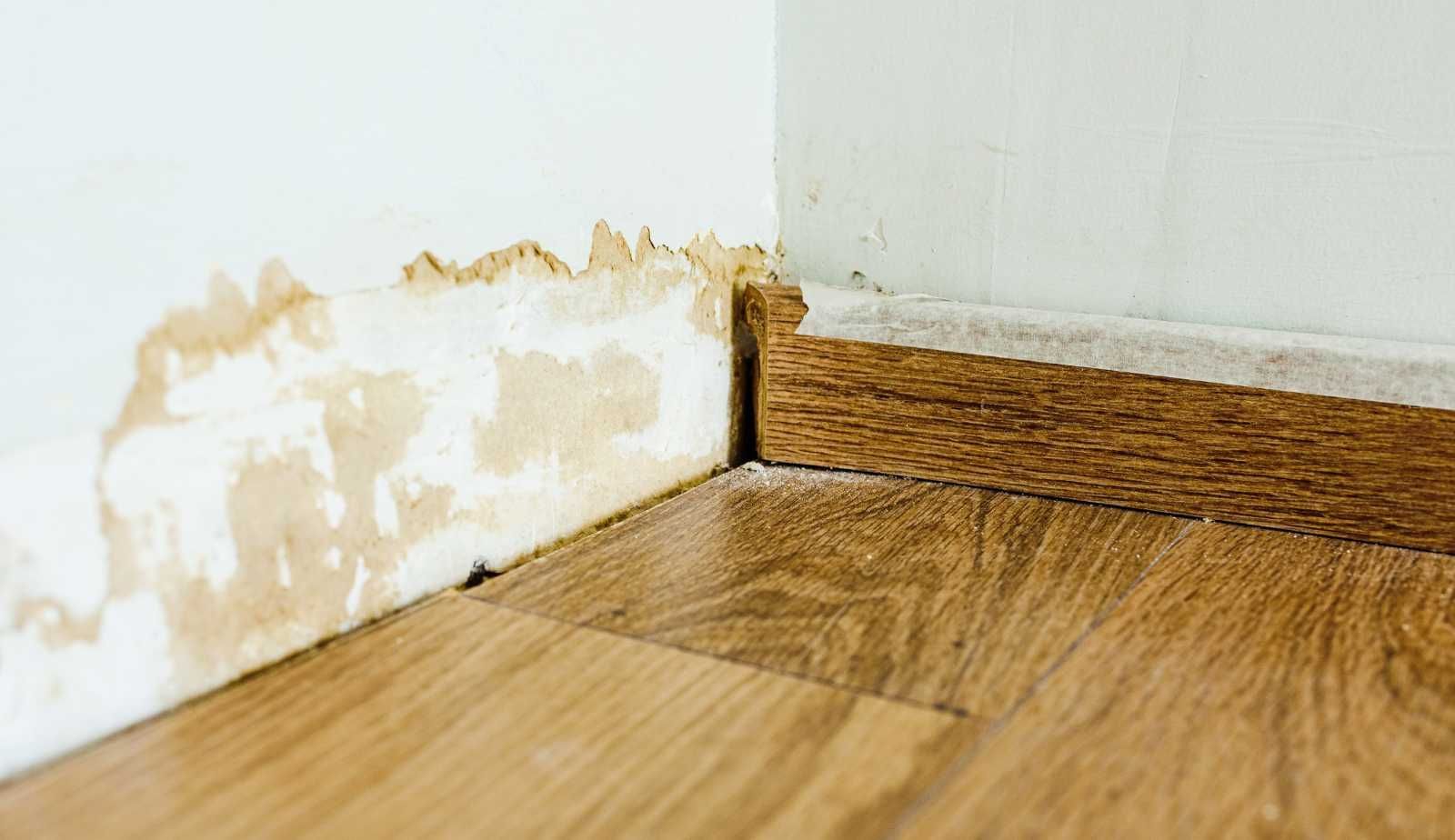
Mitigation Strategies to Prevent Further Damage
Mitigation strategies are essential steps in preventing the escalation of water damage and ensuring a successful restoration process. Beyond merely stopping the water source, these strategies involve comprehensive approaches like water extraction, structural drying, and dehumidification to address the root cause of the damage. For instance, in cases of a burst pipe causing water intrusion, immediate water extraction is crucial to prevent standing water from seeping into building materials and causing further harm. By swiftly implementing these mitigation efforts, restoration professionals can significantly minimize the extent of damage and the associated costs.
Safety remains a top priority during the mitigation process. Restoration experts are trained to identify and address potential hazards, such as asbestos or lead present in older building materials that may have been affected by water damage. By ensuring the safe removal of these materials and following industry guidelines, professionals not only protect the health of occupants but also lay down a solid foundation for the subsequent restoration work. This meticulous attention to safety underscores the professionalism and expertise that professional restoration services like Drymax provide.
The timeliness of mitigation efforts can make a substantial difference in the overall restoration outcome. By promptly initiating mitigation procedures, property owners can prevent secondary issues like mold growth, structural deterioration, and prolonged moisture exposure. Effective mitigation not only safeguards the structural integrity of the property but also expedites the restoration timeline, enabling a quicker return to normalcy for the occupants. This proactive approach not only saves time and resources but also underscores the importance of engaging professional services for comprehensive water damage restoration solutions.
When restoration professionals respond to water damage in a residential property, they prioritize swift mitigation efforts to prevent further damage and ensure a successful restoration process. By employing advanced water extraction techniques and strategically placing drying equipment, they can effectively reduce the risk of secondary issues such as mold growth and structural decay. This proactive approach not only accelerates the restoration timeline but also minimizes disruptions for the property occupants, allowing them to return to a safe and habitable environment sooner. The emphasis on timely and efficient mitigation strategies highlights the critical role that professional services play in mitigating risks and preserving the integrity of water-damaged properties.
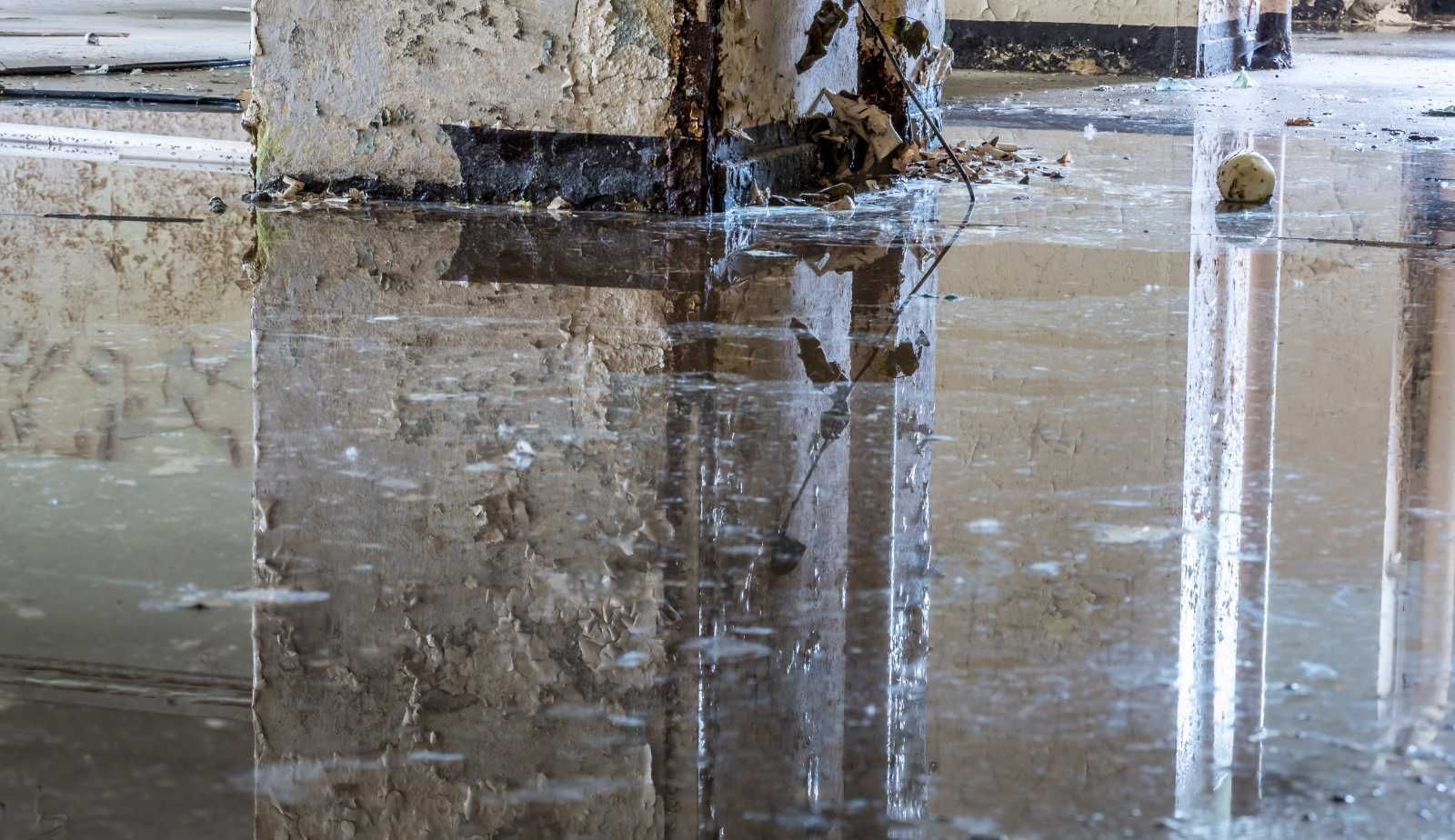
Water Damage Cleanup Procedures: A Detailed Overview
Water damage cleanup procedures are crucial in the restoration process to ensure the affected property is thoroughly restored. The initial step involves the removal of damaged materials to prevent further deterioration and create a clean slate for restoration. For instance, in cases of water-soaked drywall or flooring, these materials are carefully extracted and disposed of to eliminate potential health hazards and structural weaknesses.
Following the removal of damaged materials, restoration professionals meticulously clean and disinfect affected surfaces to mitigate the risk of mold growth and bacterial contamination. Employing advanced cleaning techniques and antimicrobial treatments, they ensure the elimination of harmful pathogens and odors, fostering a safe and healthy environment post-restoration. This thorough cleaning process is essential not only for the aesthetics of the property but also for the well-being of its occupants.
The strategic setup of drying equipment such as dehumidifiers and air movers plays a vital role in restoring optimal moisture levels within the property. By reducing excess humidity and moisture, professionals prevent secondary damage like mold proliferation and structural decay, ensuring a more efficient and successful restoration process. The meticulous cleanup efforts prepare the property for the subsequent repair and restoration activities, marking a significant milestone towards the complete recovery of the water-damaged space.
When professionals undertake water damage cleanup in a commercial building, they employ specialized equipment and techniques to ensure thorough removal of contaminants and restoration of affected areas. By using industrial-grade air scrubbers and antimicrobial treatments, they effectively sanitize the environment and eliminate odors, creating a safe and hygienic space for occupants. This meticulous cleanup process not only prepares the property for repair and reconstruction but also sets the stage for a seamless restoration process that prioritizes the well-being of individuals working or residing in the building. The attention to detail and thoroughness in cleanup procedures underscore the commitment of professionals to delivering quality results and ensuring the successful recovery of water-damaged properties.
Repair and Reconstruction of Water-Damaged Areas
Following the meticulous cleanup procedures, the repair and reconstruction phase plays a crucial role in restoring water-damaged areas to their pre-loss condition. This phase involves a comprehensive approach aimed at not only fixing the visible damages but also addressing any underlying issues caused by water intrusion. For instance, professionals focus on replacing damaged materials such as drywall, flooring, and insulation to ensure the structural integrity of the property is fully restored.
During the repair and reconstruction process, specialized techniques are employed to rebuild structures and refinish surfaces effectively. For example, in the case of severe water damage that compromises the integrity of walls or ceilings, professionals may use advanced structural drying methods to salvage materials and expedite the restoration process. By combining industry best practices with innovative solutions, restoration experts can ensure that the repaired areas not only look aesthetically pleasing but also meet safety and quality standards set by regulatory bodies like the Institute of Inspection, Cleaning, and Restoration Certification (IICRC).
In the final stages of repair and reconstruction, thorough inspections are carried out to assess the quality of workmanship and confirm that all restoration activities have been successfully completed. These inspections are vital to guarantee that the property has been fully restored to its pre-damage state, providing property owners with peace of mind and assurance in the restoration process. By upholding the highest standards in repair and reconstruction, professionals like Drymax Water Damage Restoration deliver comprehensive solutions that exceed expectations and ensure the long-term safety and habitability of the restored property.
When professionals engage in the repair and reconstruction of water-damaged areas in a residential property, they focus on using high-quality materials and modern techniques to ensure durable and long-lasting repairs. By following industry standards and guidelines set by organizations like the Institute of Inspection, Cleaning, and Restoration Certification (IICRC), they guarantee that the restoration work meets the highest quality benchmarks. This commitment to excellence not only results in visually appealing repairs but also enhances the overall resilience and functionality of the property, providing property owners with a restored space that is both safe and aesthetically pleasing. The meticulous approach to repair and reconstruction highlights the dedication of professionals to delivering top-notch restoration solutions that prioritize quality and customer satisfaction.
Overview of Drymax Water Damage Restoration Services
Drymax excels in providing a wide array of restoration services tailored to address various property damage concerns, including water damage restoration, mold remediation, fire damage restoration, and contents cleaning [3]. For instance, in a recent water damage restoration project in Louisiana, Drymax showcased its expertise by efficiently mitigating water intrusion issues, restoring damaged structures, and ensuring thorough cleanup to prevent further damage. This project highlighted the company's commitment to delivering high-quality services that exceed customer expectations and prioritize the restoration of properties to their pre-damage condition.
Drymax's team of certified technicians undergo rigorous training to stay abreast of the latest industry standards and techniques, equipping them with the skills necessary to handle even the most complex restoration projects. By investing in continuous education and training, Drymax ensures that its technicians can provide personalized solutions that cater to the specific needs of each client, delivering efficient and effective restoration services that focus on quality and customer satisfaction. This dedication to professionalism and excellence has positioned Drymax as a trusted partner for property owners in Louisiana seeking reliable and top-notch water damage restoration services, solidifying its reputation as a reputable and customer-centric restoration company in the region.
For property owners looking to restore their properties after water damage incidents, Drymax's commitment to exceptional service, expertise, and customer satisfaction makes it a premier choice for comprehensive and reliable restoration solutions. Explore Drymax's full range of services and experience the difference in quality and professionalism by visiting their website at DryMax's website today.
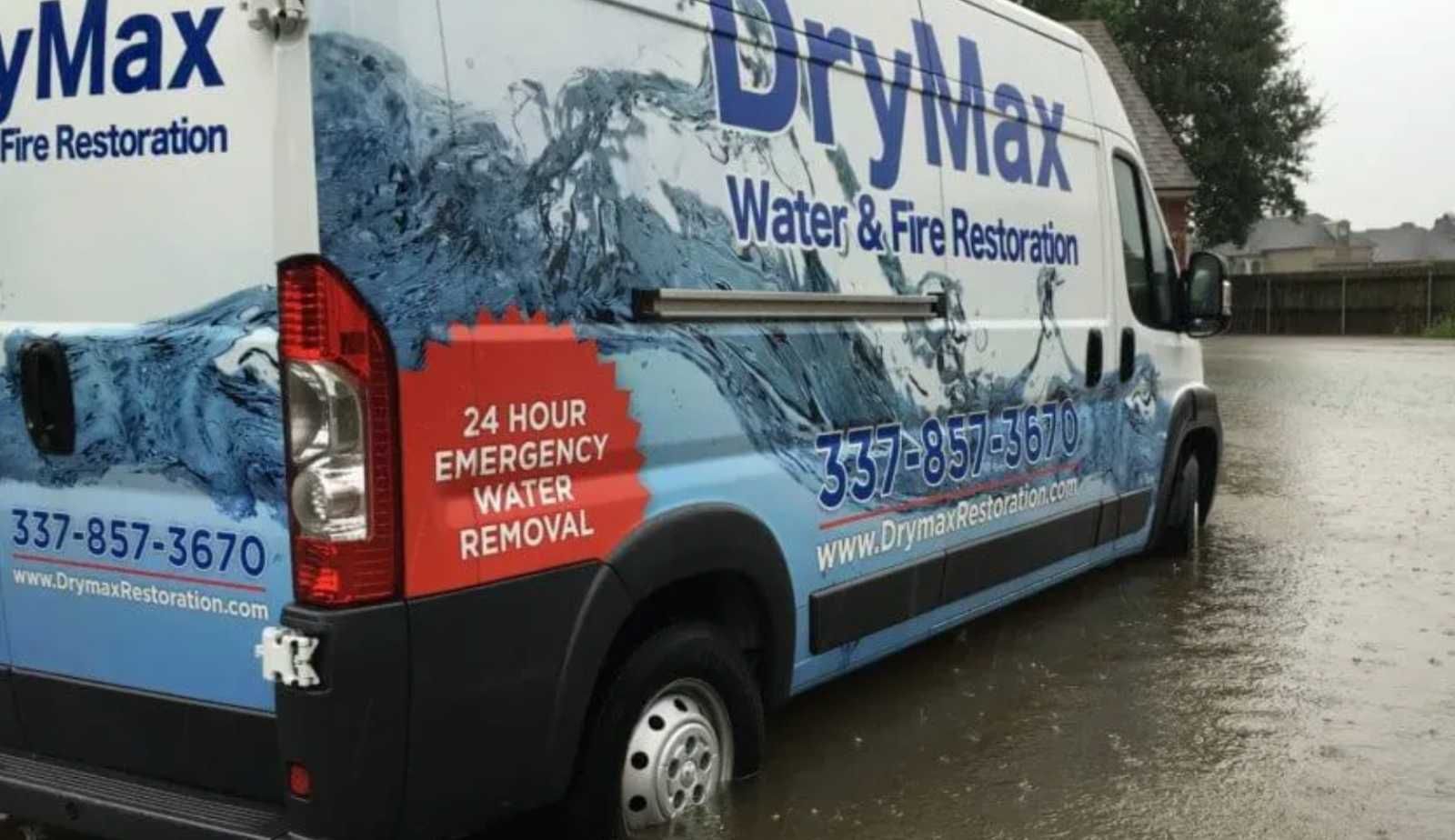
Benefits of Opting for Professional Water Damage Restoration
Choosing professional water damage restoration services offers numerous benefits beyond just saving time and effort for property owners. One significant advantage is the expertise that professionals bring to the table, enabling them to address various types of water damage effectively, including clean water, contaminated water, and grossly contaminated water. For instance, in the case of a property affected by contaminated water, professionals have the know-how and equipment to handle hazardous materials safely, ensuring the restoration process is carried out without compromising the health and safety of occupants.
Engaging professional services like Drymax ensures compliance with industry standards and regulations, such as those established by the Institute of Inspection, Cleaning, and Restoration Certification (IICRC). This adherence to standards not only guarantees the quality of work but also provides property owners with peace of mind, knowing that their restoration project is in capable hands. Additionally, by partnering with reputable restoration companies like Drymax, property owners can navigate insurance claims more efficiently. These professionals assist in documenting the damage, communicating with insurance providers, and streamlining the claims process, ultimately reducing the burden on property owners during a challenging time.
The decision to opt for professional water damage restoration services goes beyond the convenience of saving time and effort. It encompasses a range of benefits, such as expertise in handling different types of water damage, compliance with industry standards, and efficient insurance claim processing. By choosing professionals like Drymax, property owners not only ensure a seamless and stress-free restoration experience but also safeguard their property and well-being through a thorough and effective restoration process. Visit Drymax Mold's website at DryMax's website to learn more about their top-rated restoration services and take the first step towards restoring your property to its pre-damage condition.
Industry Standards and Best Practices in Water Damage Restoration
Adhering to industry standards and best practices is paramount in the water damage restoration process to ensure quality and professionalism throughout the restoration work. One of the key organizations that set the benchmark for these standards is the Institute of Inspection, Cleaning, and Restoration Certification (IICRC). By following the guidelines established by the IICRC, professional restoration companies like Drymax uphold a commitment to excellence in their services, providing property owners with the assurance that their restoration needs are being handled with expertise and precision.
In scenarios involving hazardous materials within water-damaged areas, the expertise of specialized professionals such as Industrial Hygienists becomes indispensable. These experts play a critical role in assessing the risks associated with water damage, especially when hazardous substances like asbestos or lead are present. By engaging these specialists in the restoration process, property owners can rest assured that safety measures are meticulously implemented to safeguard the well-being of occupants and restoration teams alike.
Drymax Water Damage Restoration recognizes the significance of such expertise and ensures that all safety protocols and regulations are strictly followed to mitigate risks and deliver effective restoration solutions. By prioritizing safety and compliance with industry regulations, Drymax sets itself apart as a reliable and trustworthy partner for property owners seeking professional water damage restoration services.
When professionals conduct water damage restoration projects in commercial properties, they adhere to industry standards set by organizations like the Institute of Inspection, Cleaning, and Restoration Certification (IICRC) to ensure quality and safety. By following established guidelines, professionals guarantee that the restoration work meets the highest standards and is carried out with precision and care. Additionally, the involvement of specialized experts like Industrial Hygienists enhances the safety and effectiveness of the restoration process, particularly when dealing with hazardous materials. This dedication to upholding industry standards and best practices underscores the professionalism and reliability of restoration companies like Drymax, providing property owners with confidence in the quality of service they receive.
Empowering Property Owners Through Professional Water Damage Restoration
Engaging professional water damage restoration services is crucial for property owners to ensure a seamless and effective restoration process. By entrusting their properties to experienced professionals, homeowners can be confident that the restoration will be thorough and efficient, minimizing the impact of water damage on their living spaces. For example, Drymax Water Damage Restoration in Louisiana offers specialized services tailored to meet the unique needs of each client, providing personalized solutions that prioritize quality results and customer satisfaction.
Opting for professional services like those offered by Drymax guarantees that industry standards and best practices are followed throughout the restoration process. Professionals adhere to regulations set by organizations such as the Institute of Inspection, Cleaning, and Restoration Certification (IICRC), ensuring that the restoration work meets the highest quality standards. This commitment to excellence not only safeguards the structural integrity of the property but also protects the health and well-being of its occupants by addressing potential hazards like mold growth or contaminated water.
To experience the benefits of professional water damage restoration firsthand, property owners can explore the comprehensive range of services provided by Drymax on their website at
DryMax's website and take the first step toward restoring their properties to their pre-damage condition.
You might also like
DryMax Restoration Blogs

